Arguing over which Halo game is the best is an exercise in futility. Fact: They’re all amazing! For the past two decades, first under Bungie, then under 343 Industries, Halo has put on a master class of tone, pacing, and raw, punchy first-person gameplay. But perfection is non-existent; just as most every Halo game has at least something that helps it stand out from the pack, it has something that holds it back. Here’s the best and worst parts of every mainline Halo game.
Read More: The Best And Worst Parts About Every Borderlands Game
Halo: Combat Evolved (2001)
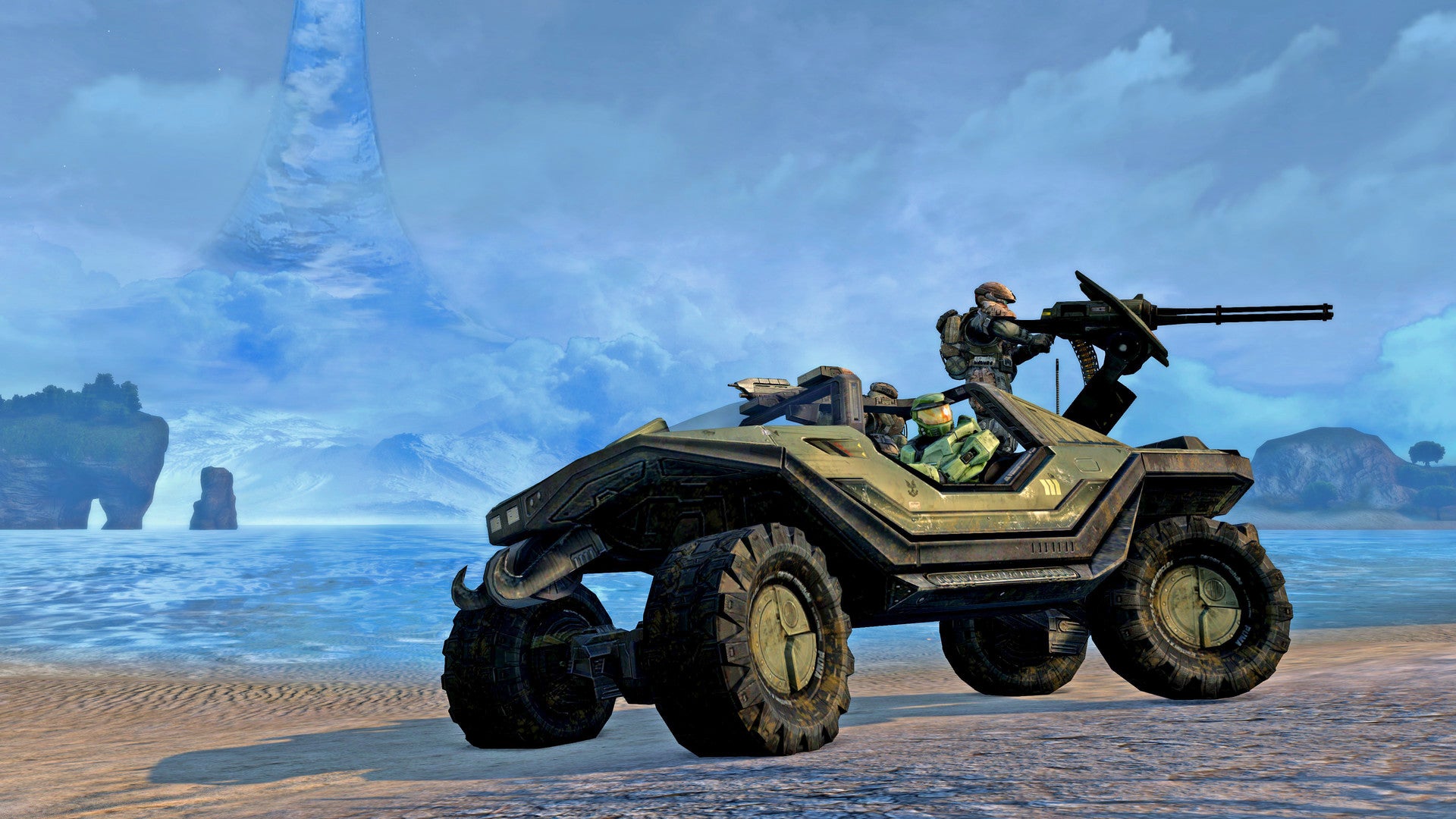
Best: The vibes. Halo started off as a generic first-person shooter, its first level set entirely on a bog-standard, drab, grey spaceship. Then you, as supersoldier Master Chief, crash-land on a freaking ringworld. From there, you shoot your way through a never-ending procession of interesting environments: lush jungles, frozen canyons, space-Brutalist temples, even the violet-hued hallways of an extraterrestrial spaceship that puts the boring old human one to shame. Master Chief’s first outing was intriguing and mysterious and hinted at something grander without explicitly revealing too much (that came later).
Worst: The pistol. This is sacrilege to devotees, but fuuuuck Halo: Combat Evolved’s pistol. Sure, it was a blast to use, powerful AF, with a decent scope and a pretty steady ammo reserve. But the thing was so good it discouraged experimentation with the rest of the game’s arsenal (a shame, given the slew of unique weapons like the ferocious, pink-mist-firing needler). And it was way too overpowered for competitive play, essentially pulling double duty as a miniature hand cannon that worked at any range. I’m glad this relic is gone.
Halo 2 (2004)
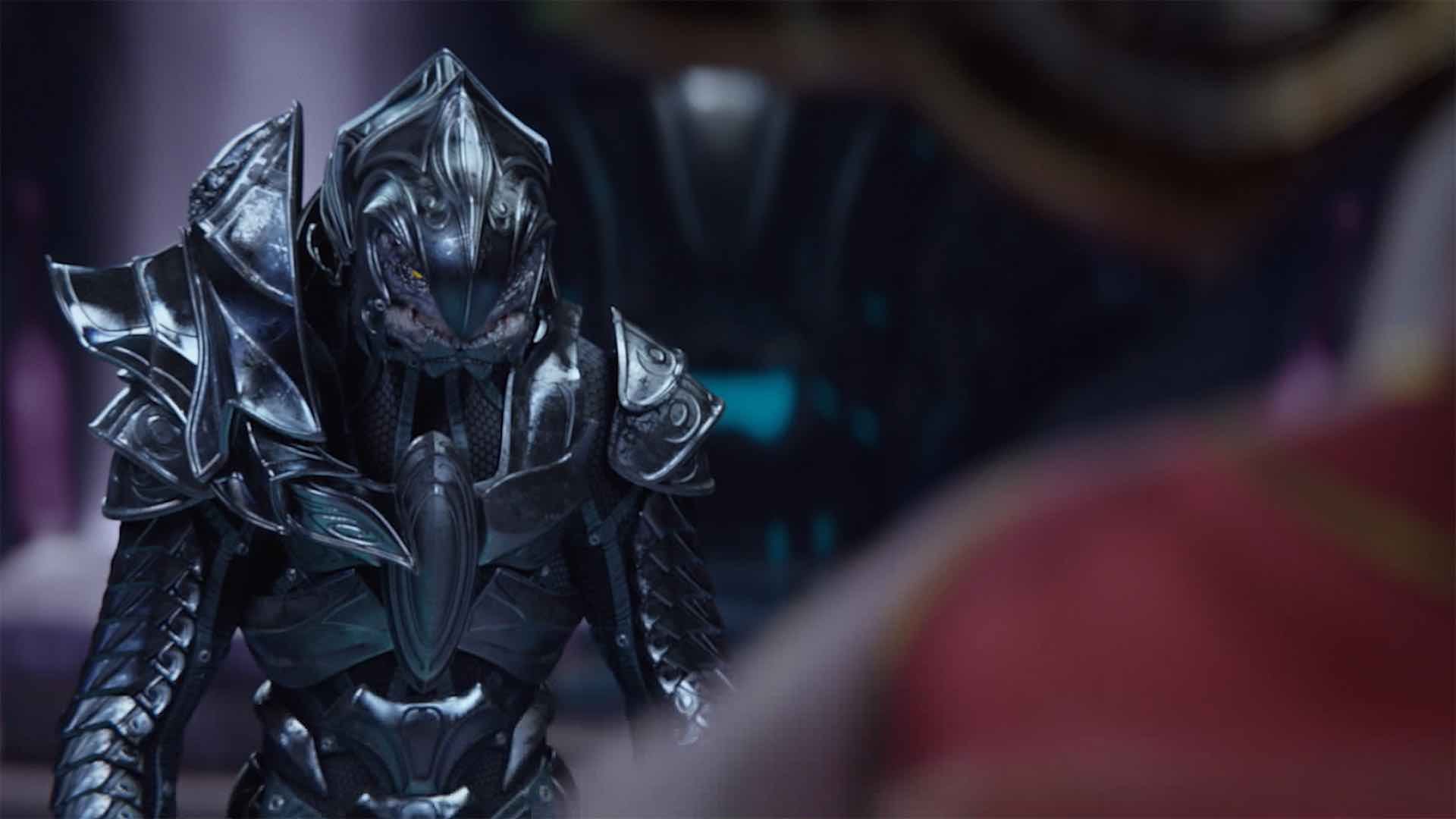
Best: The Arbiter. Halo: Combat Evolved followed Master Chief for its entirety. But Halo 2 cold-opens with a scene focused on a secondary playable hero: the Arbiter, a holy warrior affiliated with Halo’s antagonistic Covenant faction of aliens. It’s not just that the Arbiter was a fascinating character in his own right, basically a walking, talking redemption arc (with spine-chillingly good dialogue). Nor is it just that he bears the distinctive voice of actor Keith David, though that certainly helps. Rather, it’s that seeing Halo through his eyes added depth and colour to the franchise’s previously shallow, black-and-white canon.
Worst: Butt Rock. Halo: Combated Evolved aurally defined itself with a harrowing, soul-baring score from composer Marty O’Donnell. But for Halo 2, Bungie included a handful of original tracks from some prominent alt-rock bands of the era: Incubus and Breaking Benjamin. Cool at the time — yet it’s the exact sort of thing that instantly marks the game as a creature of its era.
Halo 3 (2007)
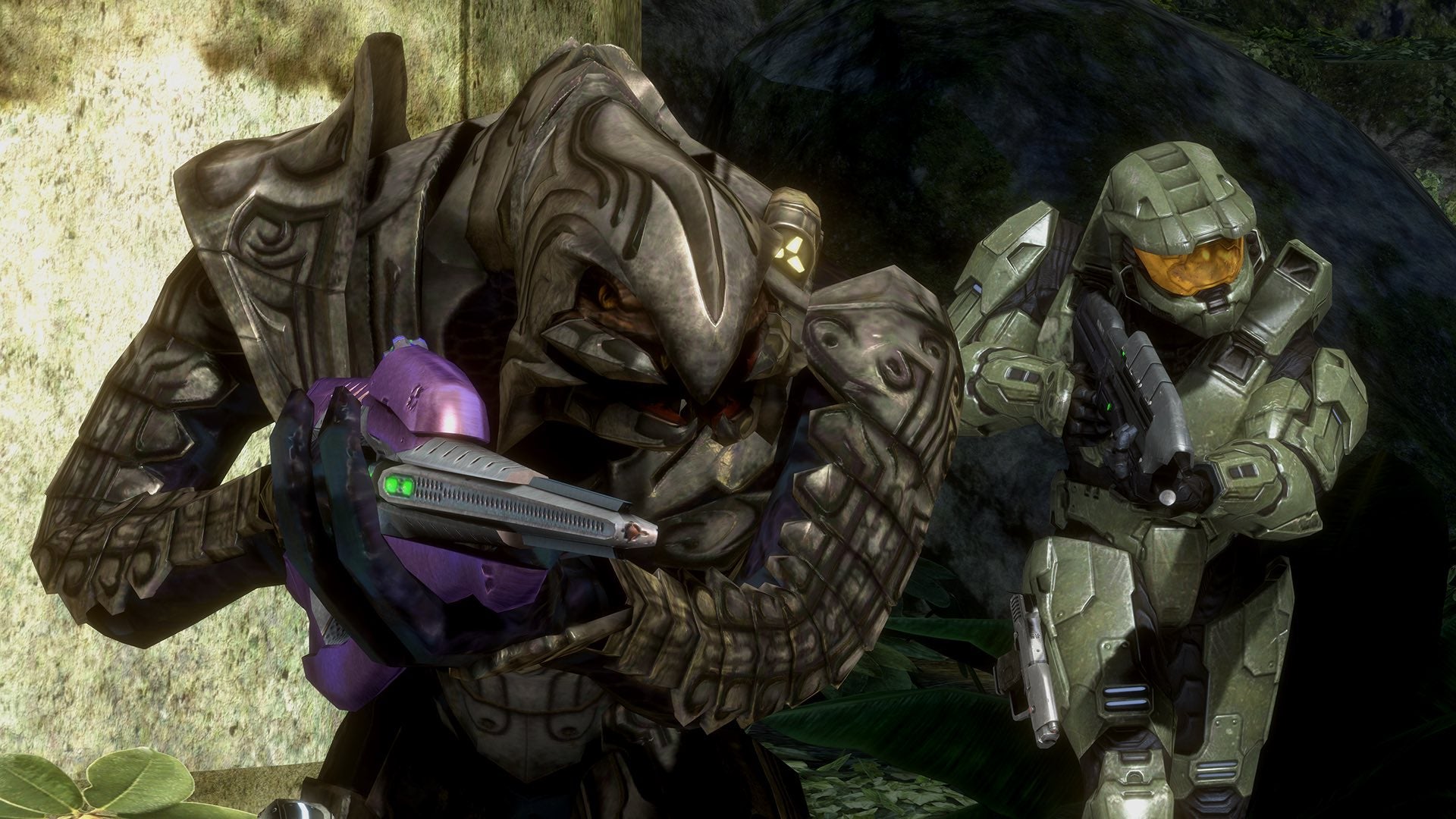
Best: They did it, they actually stuck the landing. It seems quaint, in this era of sprawling canon and cinematic universes, that a trilogy could actually…end. But Halo 3 actually pulled it off, marrying a satisfying resolution with just enough tragedy to give it impact. Then, of course, there’s the suitable send-off for Master Chief, left floating in space on a riven interstellar cruiser with no one but Cortana, his longtime AI companion, for company. Who can forget her timeless coda: “Wake me, when you need me.”
Worst: Nothing. I’ll be honest, I don’t know if I have anything here — or, at the very least, anything I’d cite as the “worst” part of Halo 3 would be disingenuous, at best. Though it’s no doubt aged, some of its design choices feeling ancient when weighed up against the metrics of today, Halo 3 was as close to faultless as a video game can get. There’s a reason some longtime fans had, um, dust, yeah, dust in their eyes when the Halo 3 servers closed for good earlier this year.
Halo 3: ODST
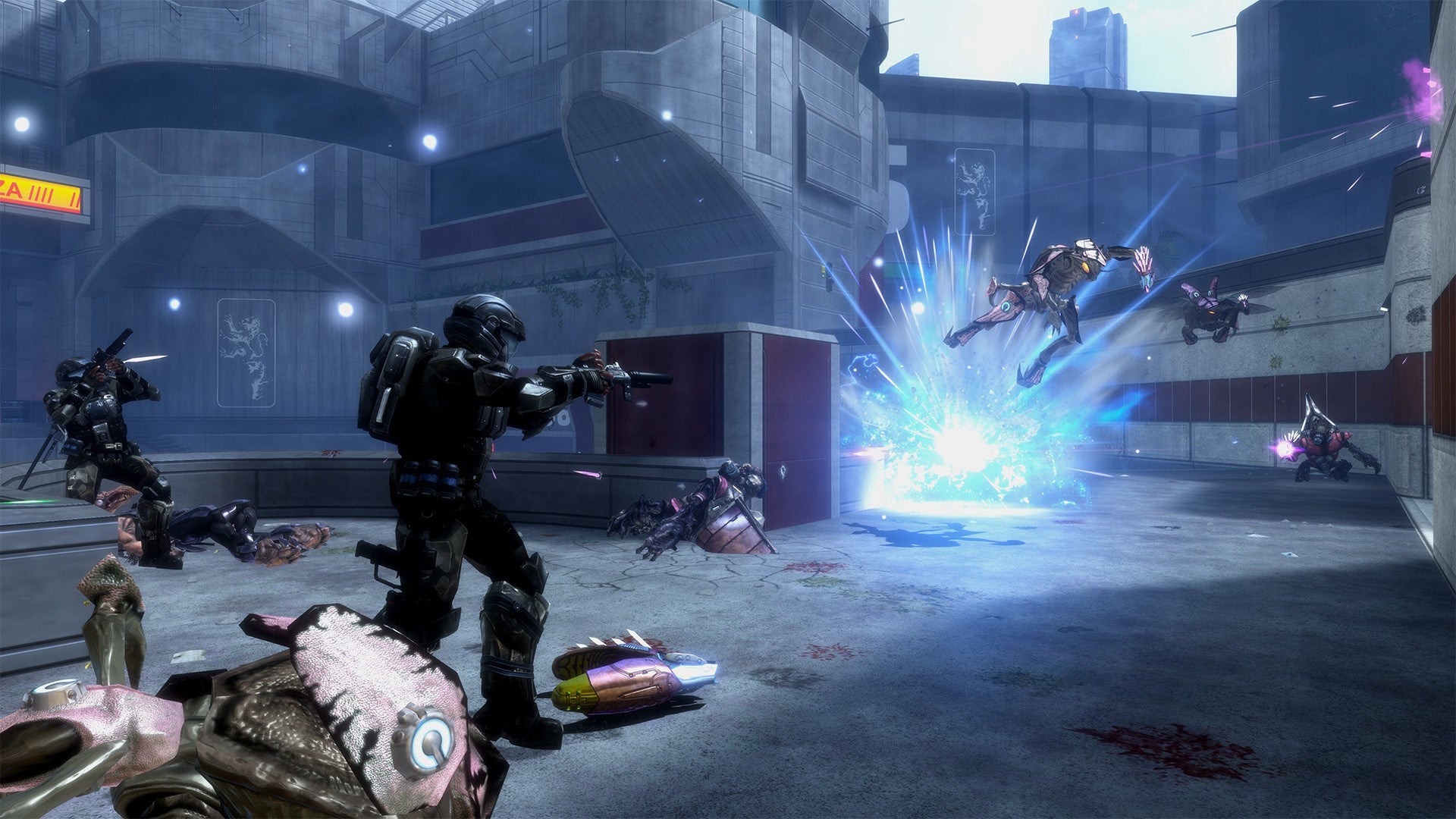
Best: Firefight. Gears of War may have popularised it, but in my mind, Halo perfected it: the horde mode. Halo 3: ODST introduced the first iteration of Halo’s Firefight mode, in which you and up to three other players would fight off progressively challenging waves of enemies. It was simple. It was replayable. It had real staying power. After original developer Bungie passed the buck to 343 Industries, Halo did away with Firefight, opting instead to introduce more complicated PvE modes, with varying success. (They were fine.) But Halo PvE has never been as strong as it was in ODST’s Firefight.
Worst: The loneliness. Yes, Master Chief has always meant to be a cipher of sorts for the players, but at least he had a personality of his own. Rookie, the silent protagonist of Halo 3: ODST, was a literal blank slate. That, plus roaming around a blown-out city at night, jazzy tunes in the background, imbued parts of ODST with a sense of isolation. Squads aside, Halo 3: ODST always came across as a somber, melancholic twist on Halo — a nice change of pace for a first playthrough that didn’t quite carry over to subsequent ones.
Halo: Reach (2010)
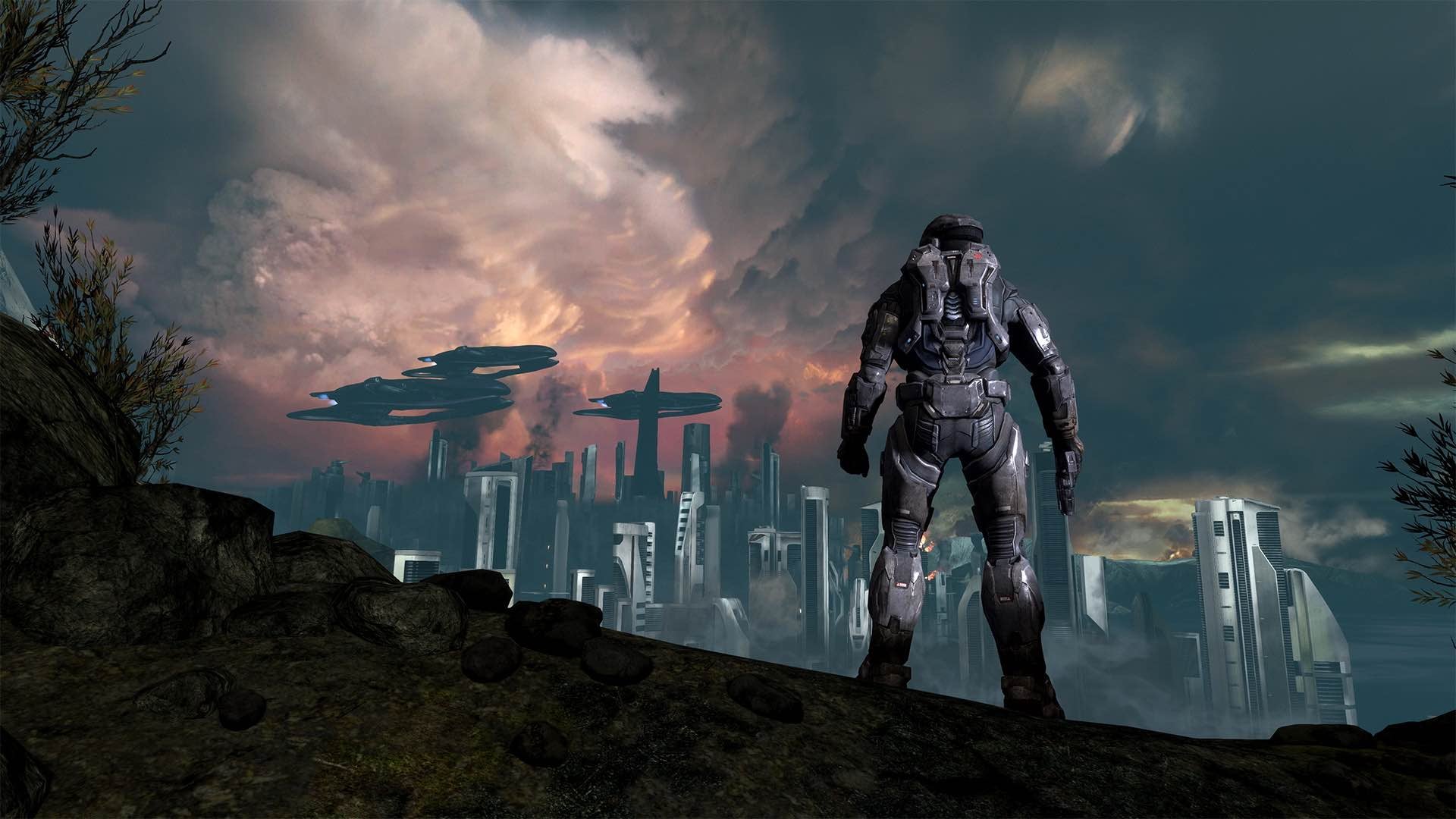
Best: Forge World. Halo: Reach, a prequel to the main trilogy and Bungie’s swan song, proved how versatile Forge — Halo’s creation mode — could be. Halo 3 had Forge, but it was fairly barebones, only allowing you to manipulate existing maps (though DLC added a handful of maps designed for Forge). Halo: Reach, meanwhile, introduced Forge World: a series of blank canvases upon which you could design multiplayer maps and modes. And man, did Halo players go nuts, creating everything from to-scale remakes of older maps to fascinating, inventive new ones as fun as anything Bungie produced in-house.
Worst: Armour abilities. Halo: Reach bucked tradition and added loadouts, allowing you to start rounds of the multiplayer mode with a jetpack, a sprint function, or a hologram, among other game-changing skills, all tied to cooldowns. These were great fun in the campaign, and revitalized Halo’s core gameplay without eradicating the fundamentals that make it work. But at the same time, everyone in PvP just spammed the shit out of the armour lock. By the end of its life cycle, Halo: Reach’s multiplayer became less a game of precision and tactics and more a bloody bout of rock-paper-scissors.
Halo 4 (2012)
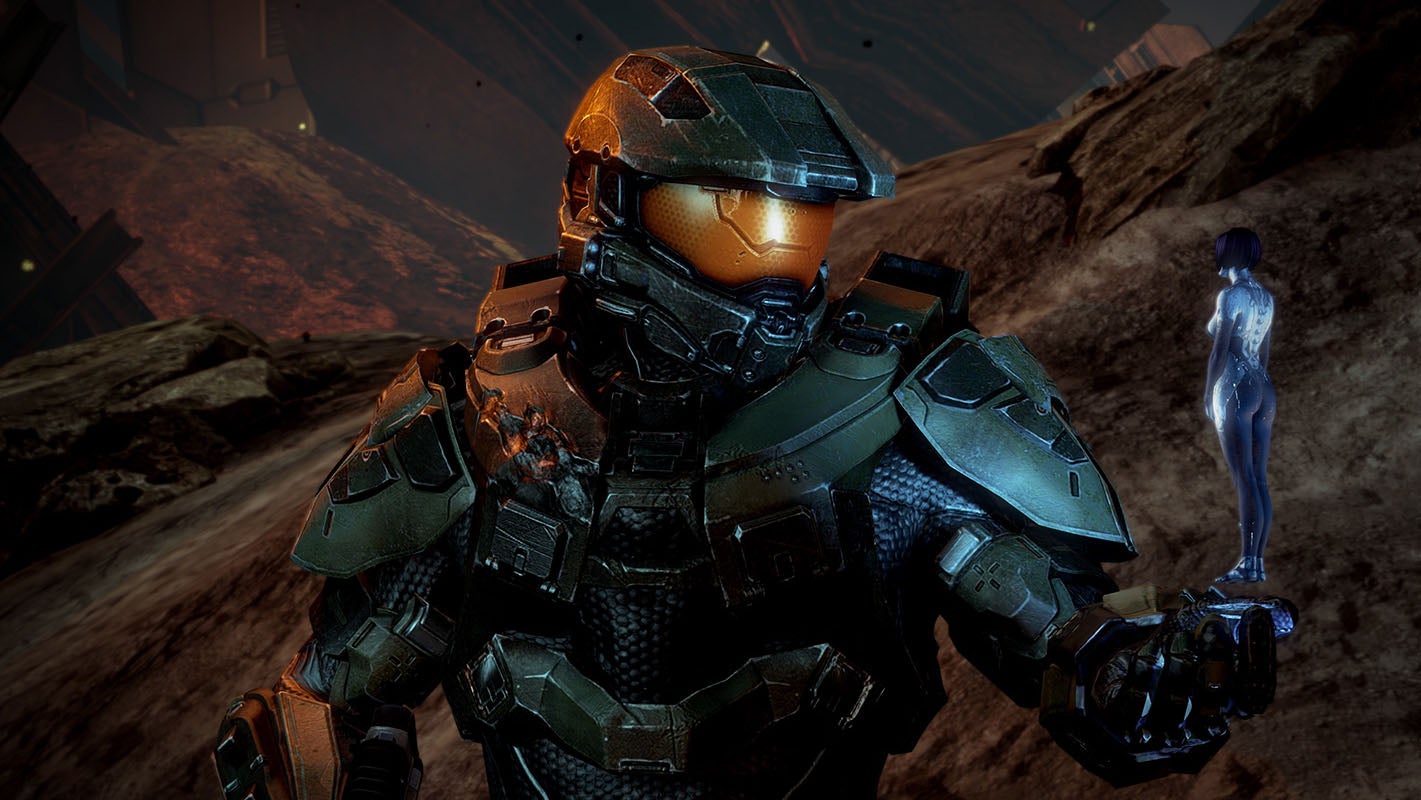
Best: The Chief-Cortana relationship. There’s a lot to like about Halo 4, from the new guns (the SAW! Promethean weapons!) to the setting (you’re inside a Dyson Sphere) to the loadouts (which, unlike in Reach, were implemented correctly and with balance). But Halo 4’s best trick is how deeply it explores the relationship between Master Chief and Cortana. Throughout Halo 4, Cortana slowly devolves into rampancy — the Halo term for when an AI is about to die, basically — as Master tries his best to stop it, all the other intergalactic threats be damned. Their bond was always the soul of the series. With Halo 4, it became the heart, too.
Worst: The Didact. OK, so a resurrected ancient dude with sun-dried beef jerky for a face decides to wipe out existence for…why exactly? Just to “finish what he started” or whatever? Without, I don’t know, brushing up on any of the events that had transpired in the 100,000 years he’d been asleep? I know, I know: “But you just have to read the–!” Stop. If you have to rely on ancillary material for the villain to make sense, then you’ve got a poorly thought-out villain.
Halo 5: Guardians (2015)
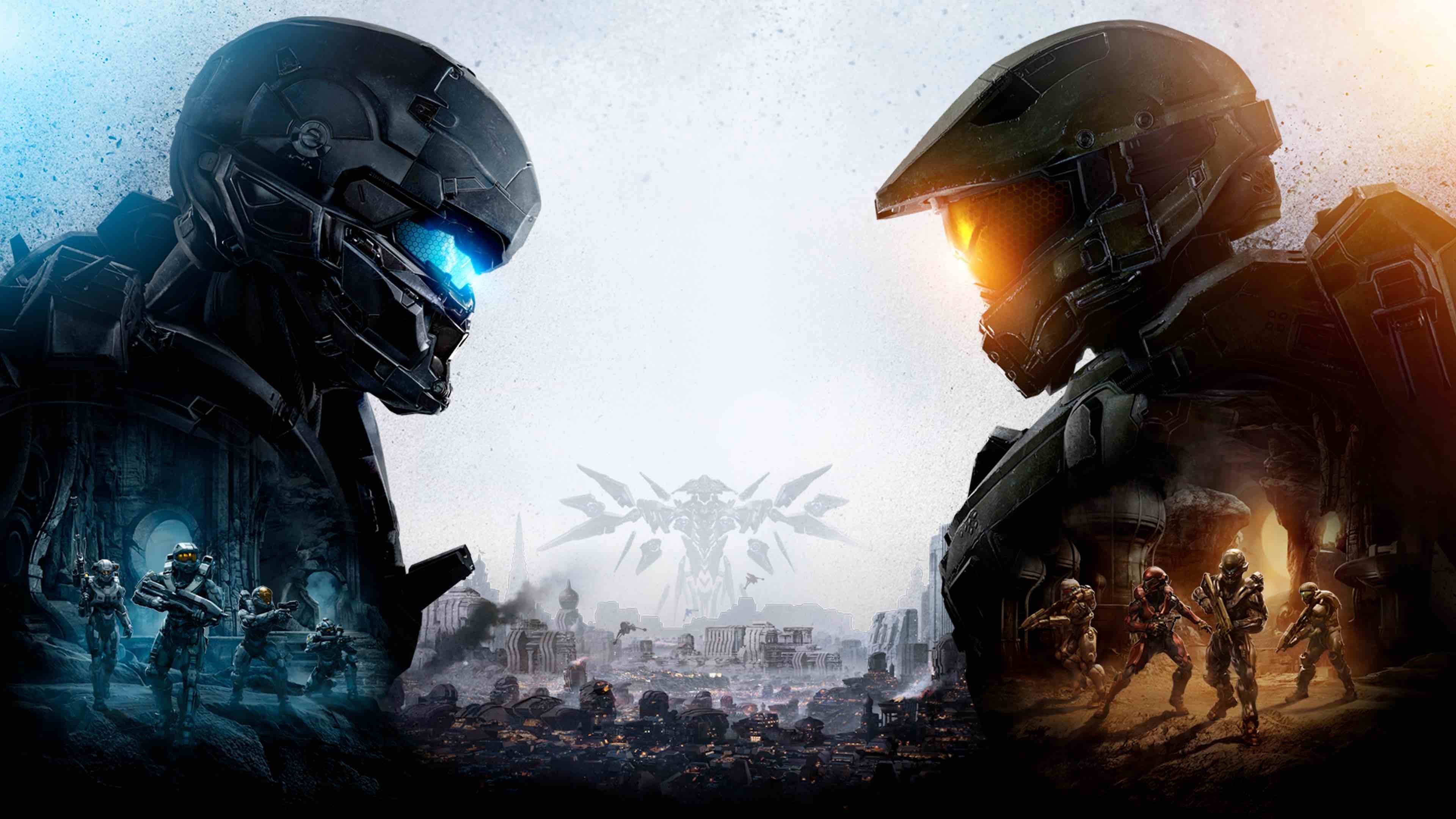
Best: The movement. Before Halo 5, the Halo games felt sluggish, like you were walking through a foot of powdered snow. Even the entries that had more “modernised” movement — Halo: Reach and Halo 4 — weren’t exactly up to snuff in regards to the era’s competition. But Halo 5: Guardians brought the series into modernity and then some. The game didn’t just make it so you could sprint without breaks and clamber up ledges. You also had a miniature booster pack. And, obviously, the best-feeling movement innovation of the last console generation: sci-fi ground pounds. Halo 5 may not have “felt like Halo,” but man, zipping around the game’s tight arenas never got old.
Worst: Uh, where the fuck was Master Chief? Like Halo 2 before it, Halo 5 moved the spotlight, largely focusing on a team of Spartans who were not named Mr. John Halo, led by a guy named Locke, but also including other known characters, like Halo 3: ODST’s Buck. It took the directional shift a bit too far, though. This isn’t to say that Locke and company were insufferable, per se (a debate for another day); it’s more that Halo 5 seemed to entirely forget about its longtime hero, with barely any time spent on the main character many had grown attached to over the course of four mainline entries.
Halo Infinite (2021)
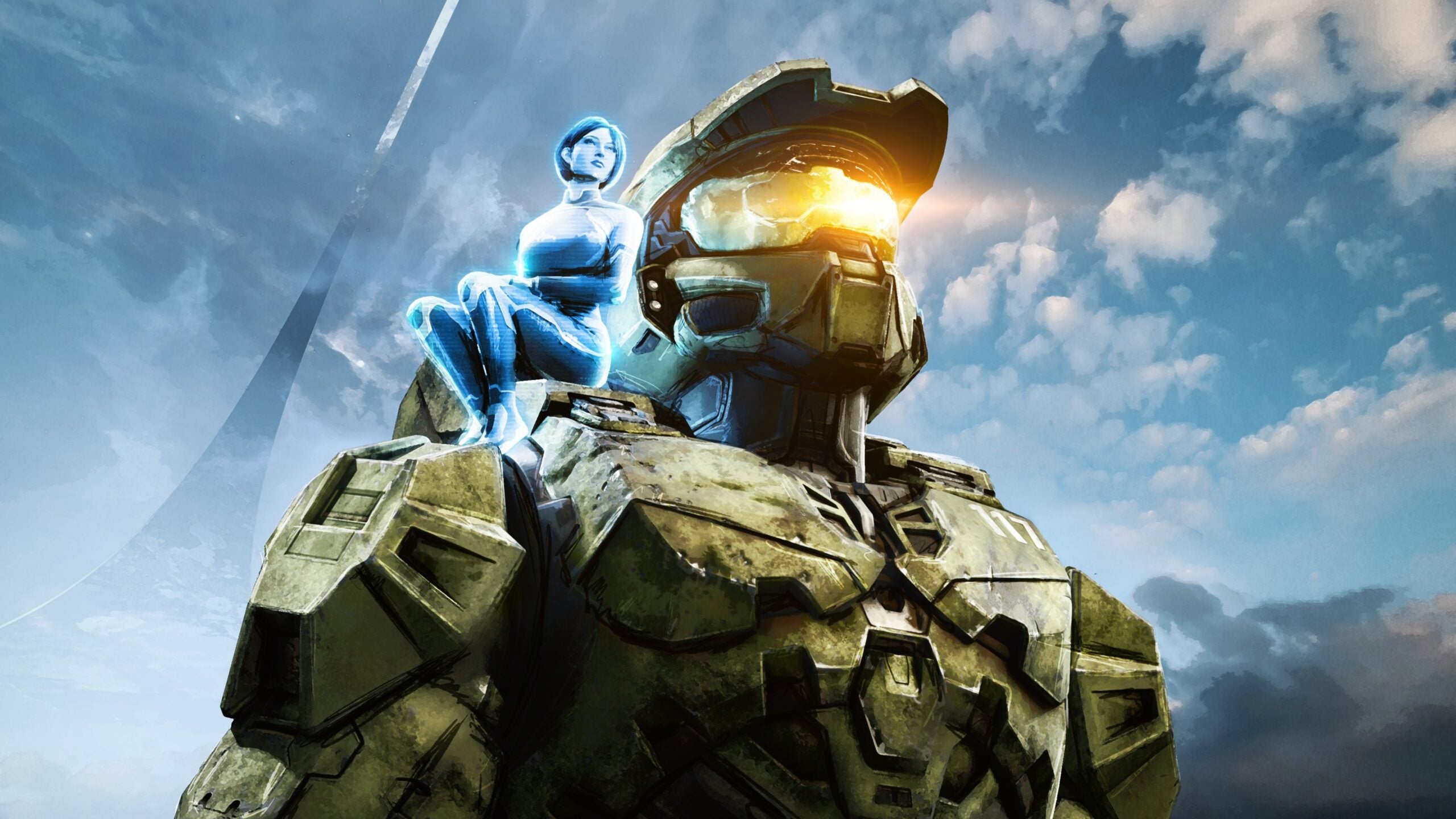
Best: The campaign’s semi-open world. Halo Infinite opens with a series of traditionally linear levels before dropping you into an open-world area you can explore at your own whim, full of quests and activities and secrets. It’s not perfect, and indeed, parts of the world make you long for more. The east side of the map is almost entirely barren, suggesting there was potentially room for a bigger game. But the freedom you get from grappling through forests like a 26th-century Spider-Man is nigh unmatched.
Worst: The rocky rollout. Halo Infinite launched last year absent many of the features that defined the previous seven games. It didn’t allow you to replay missions (that’s coming later this summer). It still doesn’t have cooperative play (a recent technical test rolled out earlier, but only for online players; there’s still no hard timeline for local co-op). Forge is MIA (players reverse engineered access to an early build and have been leaking creations all summer long; it looks sick). Some cosmetics that were free in previous games cost money in this one (Halo Infinite’s multiplayer is free-to-play, but also, c’mon). Altogether, it gives the sense that Halo Infinite launched incomplete, which has spurred some pessimism in the community. But I see it a different way: There’s only room for growth. 343 Industries did it previously with Halo: The Master Chief Collection. They can do it again with Infinite.
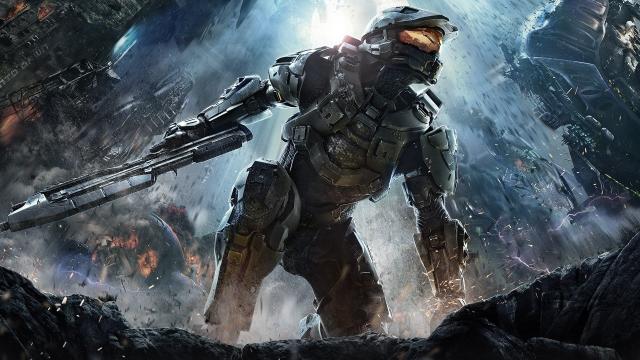
Leave a Reply